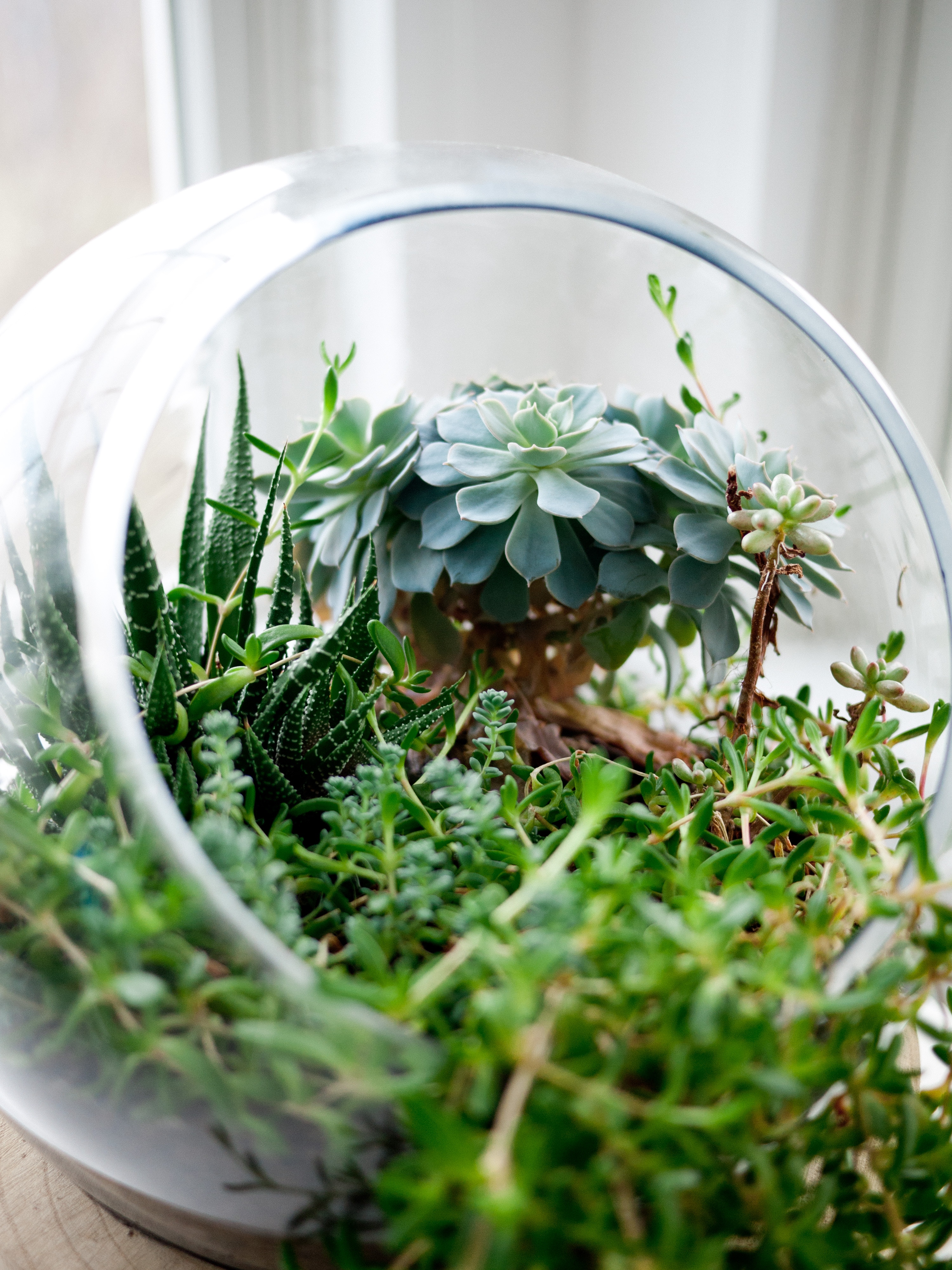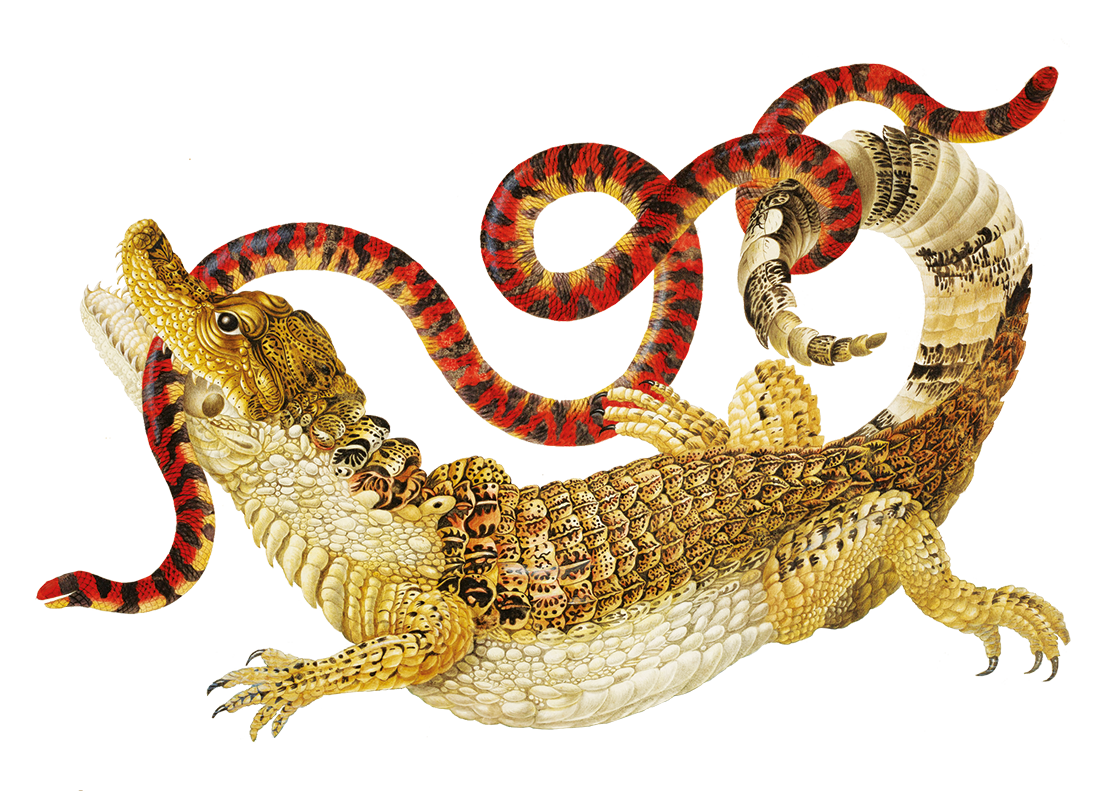
Fancy growing a forest on your windowsill? All you need is a jar, some moss, and a fern. It only needs watering once. After that, you need never water it again.
Imagine a plant that thrives despite not having been watered in years. And it’s not some type of succulent, designed by nature to survive in arid climates. It’s a water-loving species, and yet it cannot reach groundwater here, not with a single root. It lives in a sealed glass jar with no access to fresh air. Yet still, it remains alive. And healthy.
It’s usually accompanied by other moisture-loving plants, creating a fashionable home decor accessory: a bottle garden, or a forest in a jar. The name is somewhat misleading. There are no trees growing inside these sealed glass containers, only moss, ferns and miniature ivy. It’s possible to buy a ready-made composition or create one from scratch – there are plenty of workshops you can attend online or in person.
Miniature forest
The plants inside the jar are supposed to use the limited space they were given to create their own autonomous miniature ecosystem, complete with a closed air and water cycle. All they get from outside is sunlight, necessary for photosynthesis. Withered leaves and stems are decomposed by bacteria that live in the ground and transformed into compost. Water also circulates this sealed space, just as minerals do. Moisture is absorbed by the plants through their roots from the ground, then vapour is released back in the process of transpiration, after which it condenses and returns to the ground. It cannot escape the ‘forest’ and disappear outside, because the jar is tightly sealed. That’s why this miniature forest only needs to be watered once – just after planting – and why it needs no maintenance whatsoever. It can live on its own for years, with no help from the outside. How convenient for frequent travellers and those cursed with a black thumb; forgetful and inept gardeners still desperate for a piece of nature at home. These are just some of the reasons why these ‘bottle’ gardens have become so wildly popular.
The fad for bottle gardens was ignited in 2013 by English pensioner David Latimer, who posted a picture online of himself posing with a 45-litre glass bottle. The bottle contained a thriving species of spiderwort. Mr. Latimer claimed that he planted the sprouts in 1960 and hasn’t watered it since 1972, when he decided to seal the garden for good.
He was not the first person to guess that a plant could live independently for a long time in a sealed container. The first plant terrariums were made all the way back in the 19th century. Their invention is attributed to a London physician and amateur botanist, Nathaniel Bagshaw Ward (1791–1868). Around 1829, he designed glass containers meant for transporting living plants, known as Wardian cases. Those glass boxes were the original ancestors of the latest 21st-century hipster craze.
According to available sources, the idea came up accidentally. Unexpectedly, inside a bottle he used to store moth cocoons (for he also dabbled in entomology), a fern sprout appeared. Most likely it was Ward himself who had, unknowingly, dropped a fern spore brought on his sleeve from his garden. Outside, the ferns were growing poorly due to high levels of air pollution. Inside the bottle, the plant thrived. It grew strong and healthy despite never having been watered. However, when Ward left the bottle open, the plant died. Intrigued by this experience, the Englishman had an airtight glass case built to order.
The glass revolution
Ward’s invention revolutionized the way in which plants were transported. The demand for exotic plants in Europe had soared, and yet most of the imported species didn’t survive the journey. During several months of sea travel, plants would die from the lack of sunlight or, if kept on the deck, they withered from the salt-infused sea air. Exotic species would therefore be transported to Europe mainly as seeds or sprouts, which was severely limiting. Wardian cases turned out to be a solution to this problem. Glass containers protected the plants from external conditions during transport, while providing the optimal environment for survival. Ward’s invention proved its usefulness in 1833 when the botanist managed to transport ferns and grass from Europe to Australia. The plants survived the journey well, protected by their glass cases. Return travel was equally successful, and a number of exotic plant species from Australia were brought back to England in excellent condition.
Thereafter, Wardian cases became a means of mass plant transport. Glass boxes were also used for growing plants at home, proving especially useful for moisture-loving tropical species. Ward’s invention was a game-changer not only for botanists, but also for the British Empire’s economy. His glass cases were used to smuggle 20,000 tea plants from China to India, laying the foundations of the Assam tea plantation. Ward’s idea was also helpful for the rubber tree – its seeds, brought from Brazil, sprouted in English glasshouses. These plants were then transported to Ceylon and to the British colonies in Malaysia.
Wardian cases became a popular addition to elegant city homes and a staple element of Victorian decor. This style is known for its fondness of rich ornaments when it came to art, but also nature. Exuberant species, boasting lush, glossy leaves and tousled, overgrown shapes were especially sought-after. They reminded their owners of a jungle, and of the wild, voracious powers of nature. There was nothing more appealing to the imagination of the people of that era, so neat and tidy on the outside.
Translated from the Polish by Aga Zano









